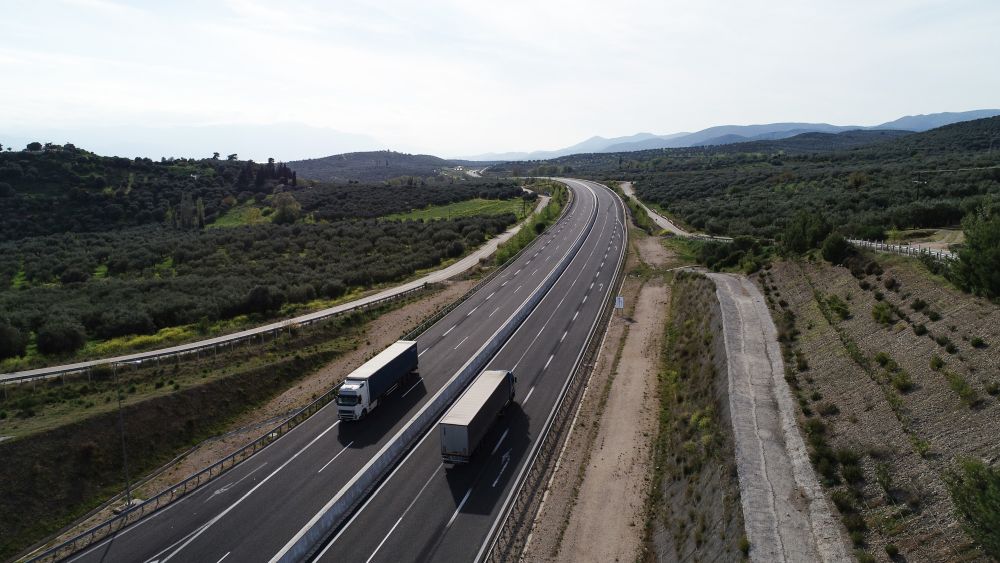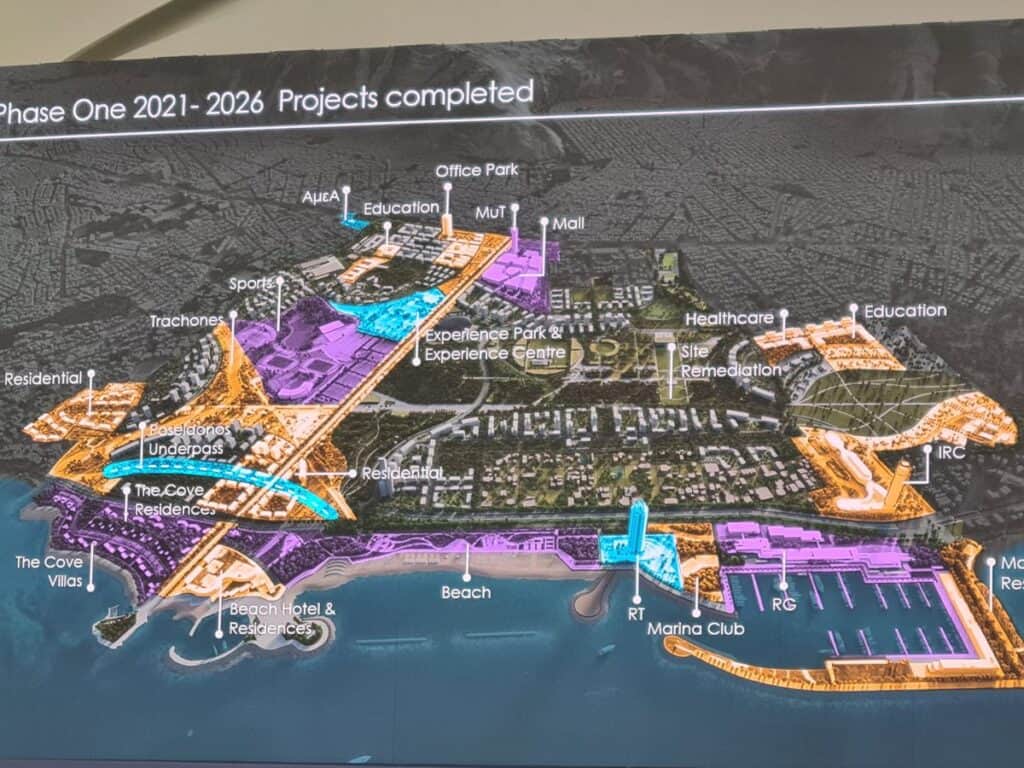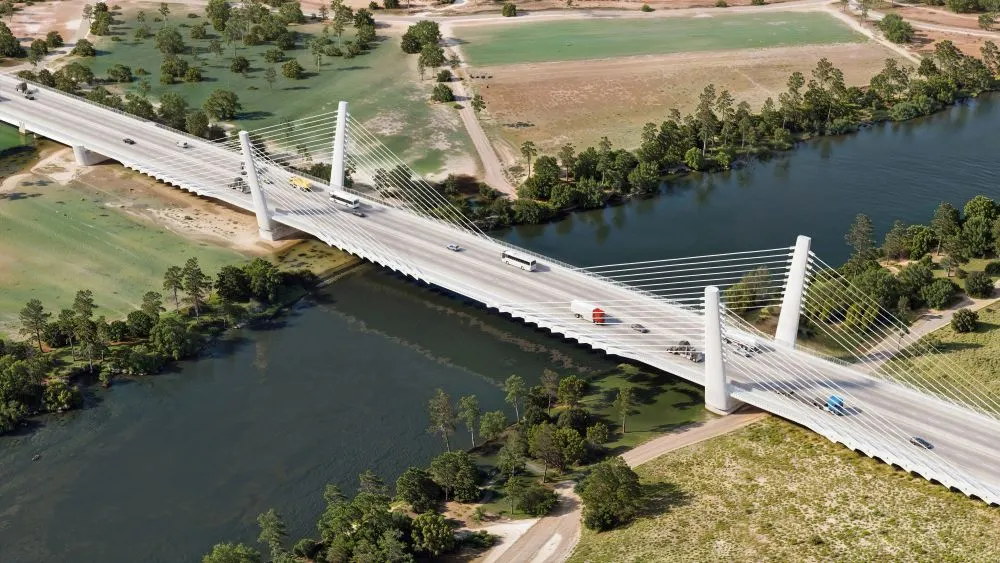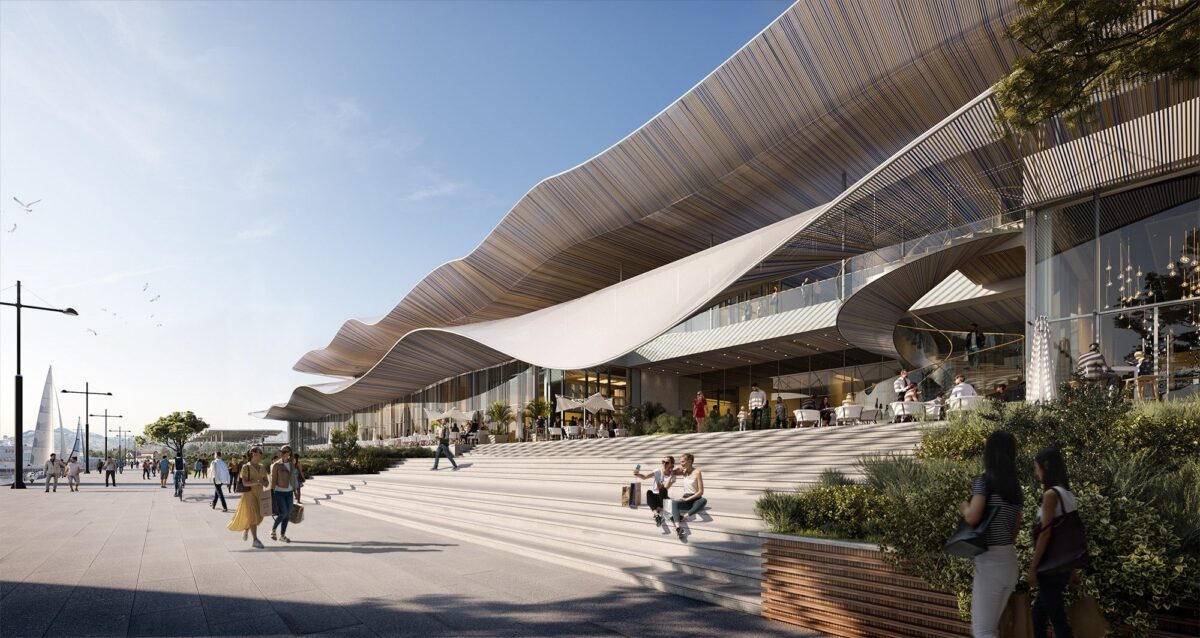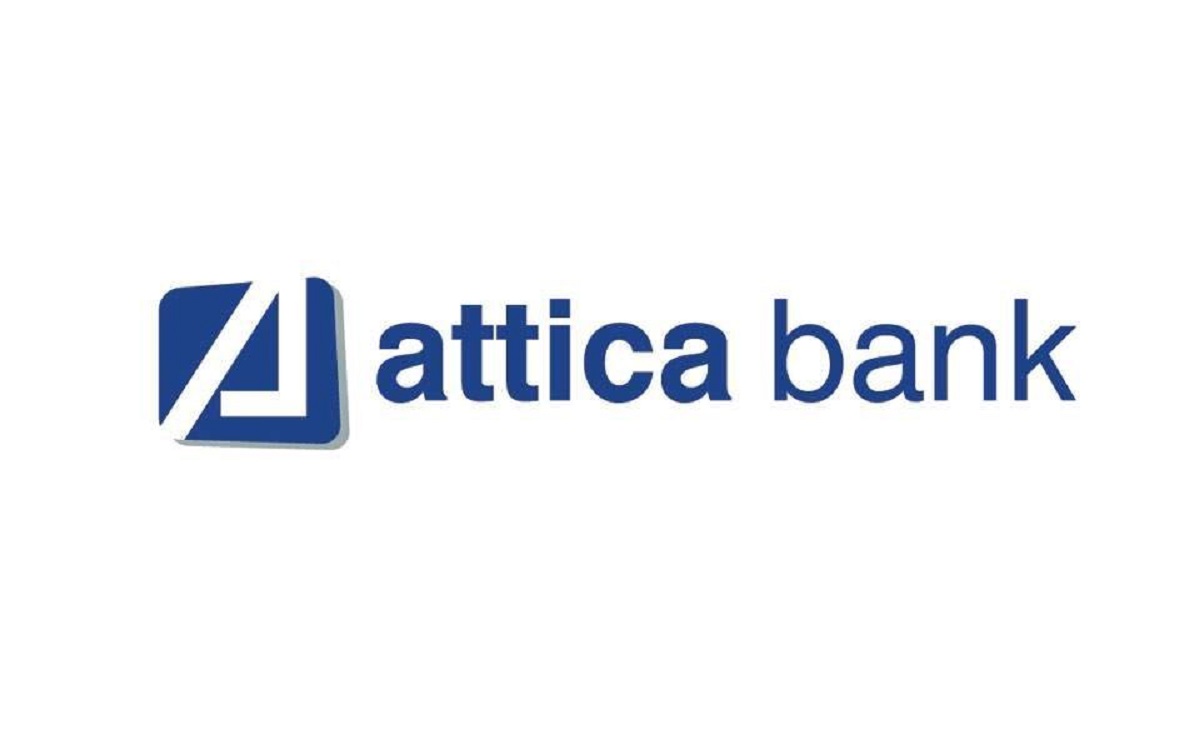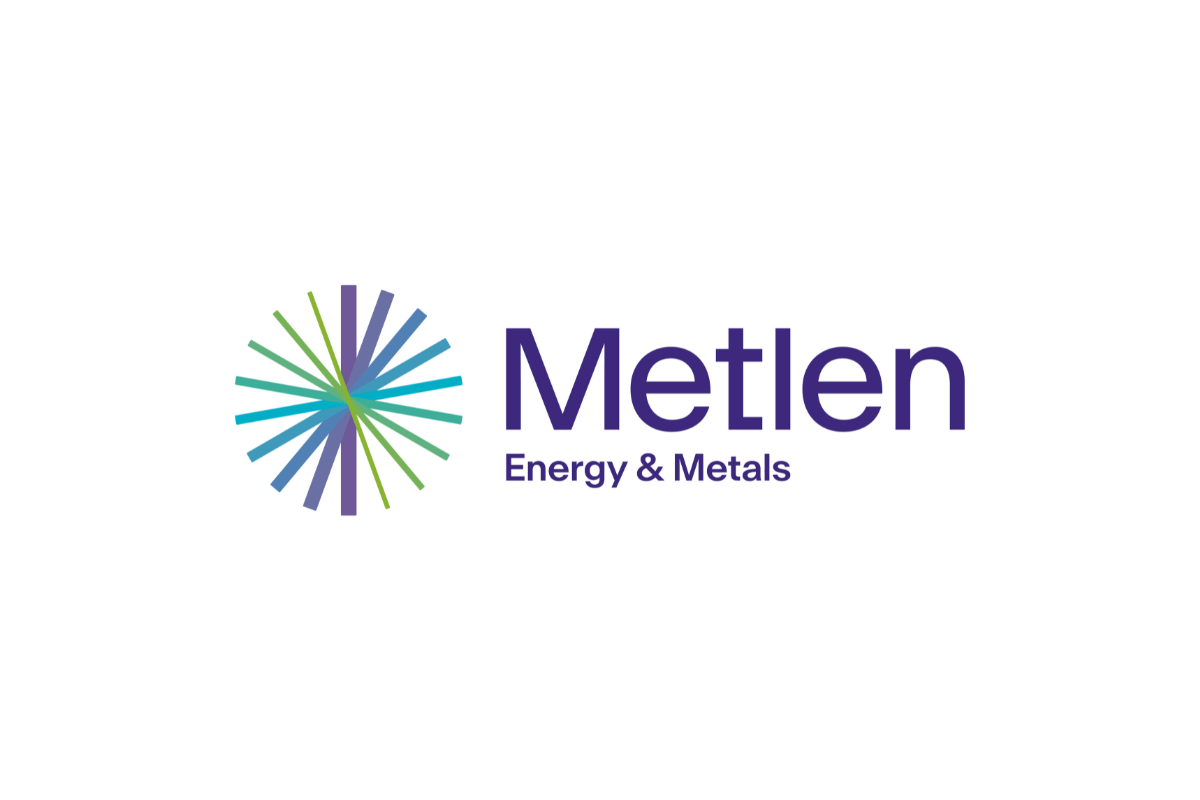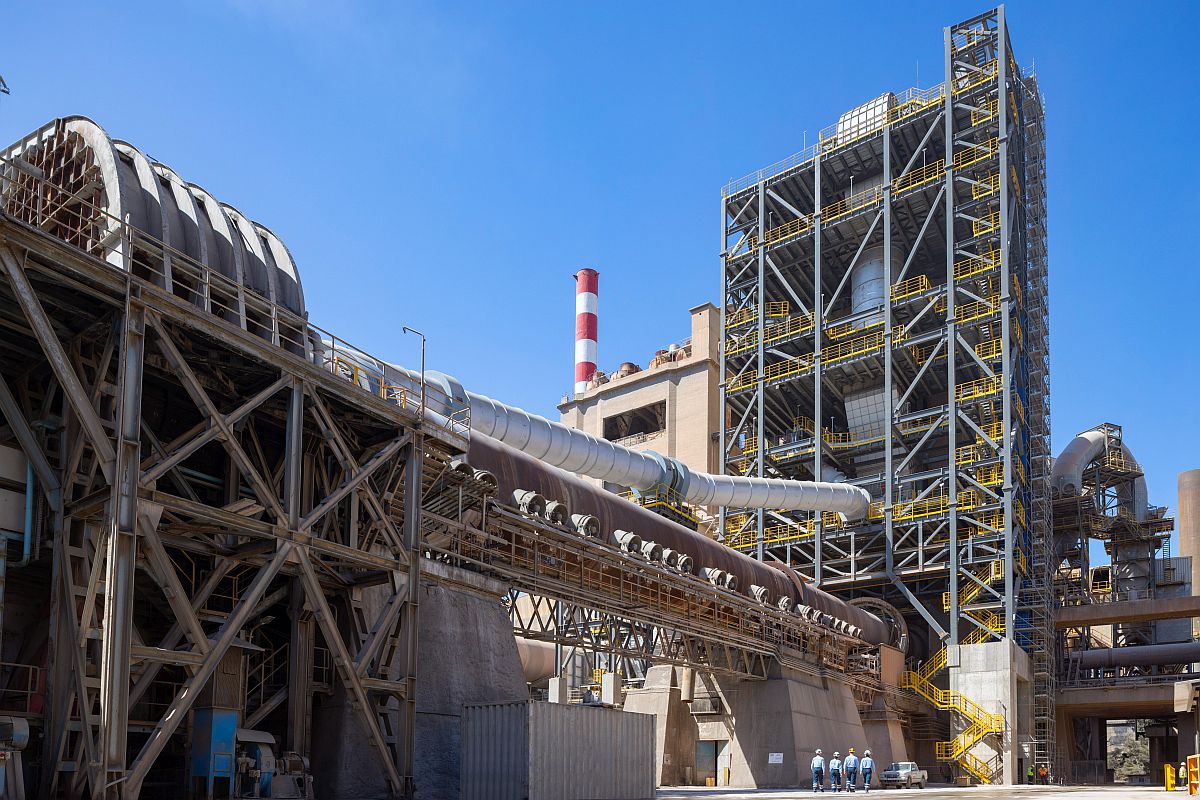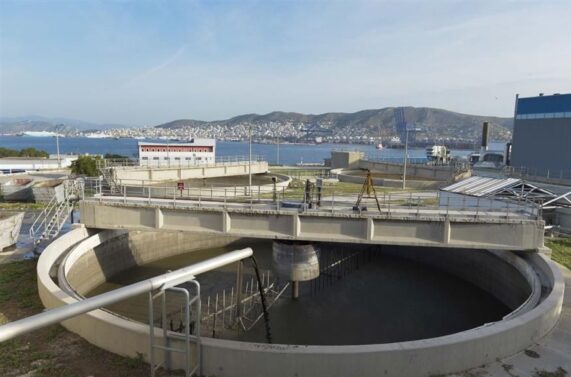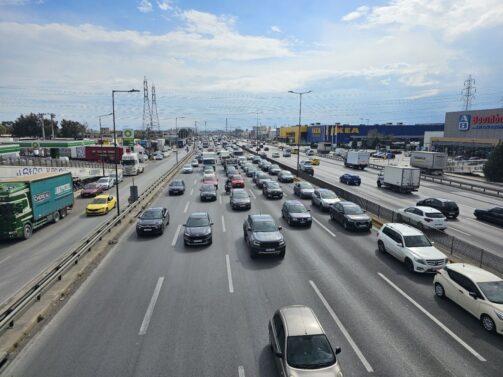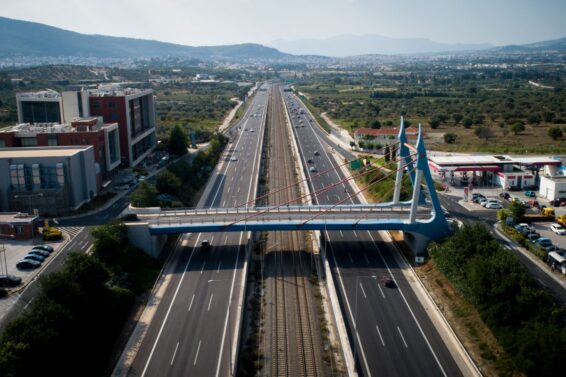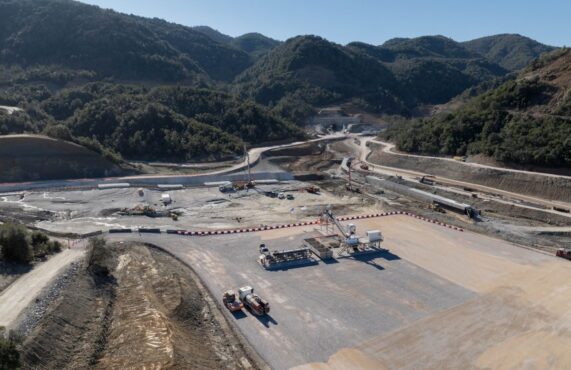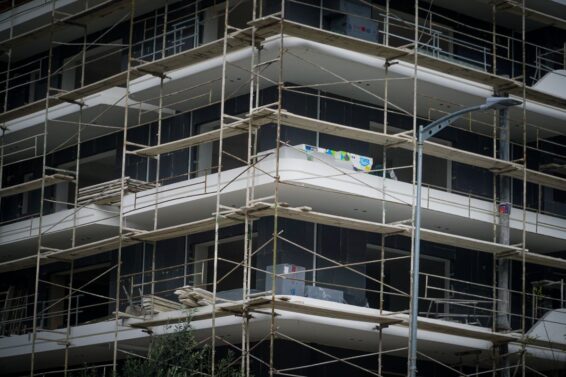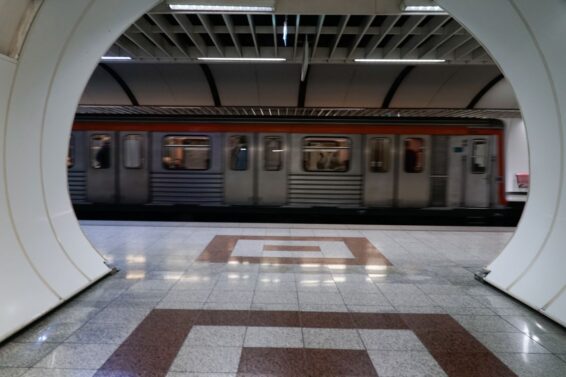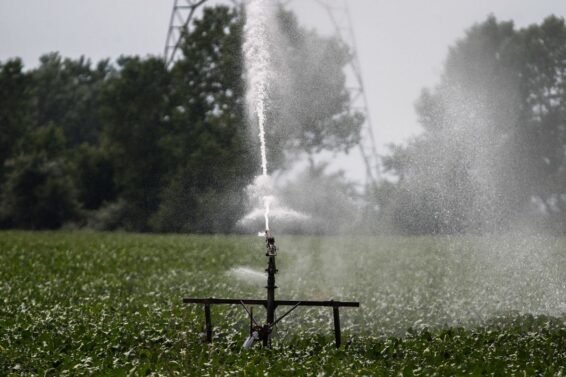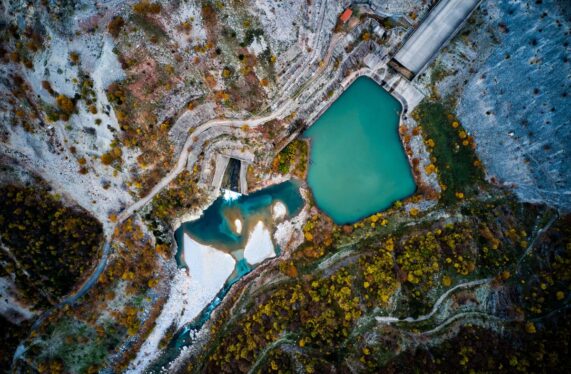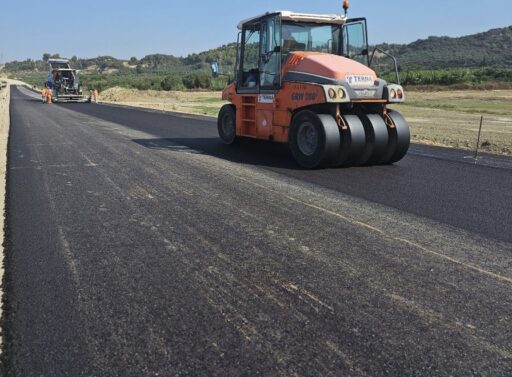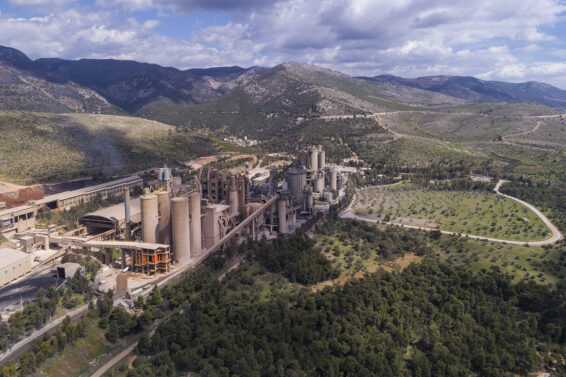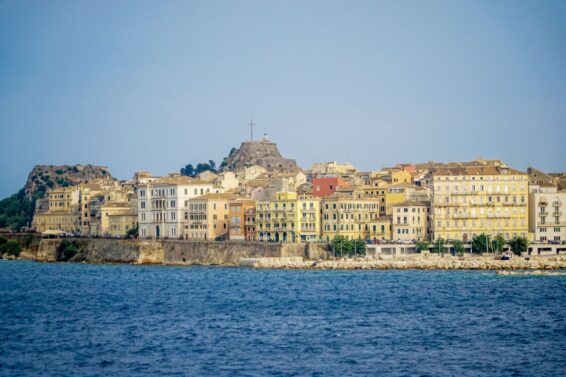The wait for the largest new road concession competition, namely Crete’s Northern Motorway, is over as today the bids will open for the main section Chania-Heraklion. In total, three consortiums are competing for the project and have reached the final stage:
- IDOMENAS composed of AVAX-EGIS-MERIDIAM
- GEK TERNA
- AKTOR CONCESSIONS – MYTILΙNΕOS
The competition for the main section is also the most critical, as it will connect the cities of Heraklion, Rethymno, and Chania, which constitute the largest urban centres of the island. Additionally, this section will include toll booths. The estimated cost of the project is around 1.75 billion euros, as it involves significant technical work throughout its length.
From today’s process, the provisional contractor for the project will emerge, and, of course, all the “players” are eagerly awaiting to see the offers from the other two consortiums. The entity that will undertake the project will once again reshape the construction landscape. For instance, if GEK TERNA prevails, it will reaffirm its dominance by pushing its backlog to over 7 billion euros. If AVAX succeeds, it will be within striking distance of the backlogs of GEK TERNA and INTRAKAT. If Mytilinaios (together with AKTOR PARACHORISEIS) emerges victorious, it will create another major player in the construction industry. It will also be the first major road concession it will have undertaken (through M. Parachoriseis).
The process of revealing the bids will proceed independently of the appeals submitted by the municipalities of Heraklion and Malevizi. The appeals, as it has been disclosed, are related to environmental conditions regarding the bypass of Heraklion, and they seek a reassessment of the environmental study. Both municipalities are requesting partial undergrounding for noise reduction purposes.
The completion of the competition
The main part of the Northern Road Axis of Crete (BOAK) from Chania to Heraklion is 157.5 km long. An important feature is the planned construction of 34 km of tunnels (for both traffic directions, meaning approximately 17 km per lane).
The first step that took place a few days ago was the completion and evaluation of the technical bids, although they are not crucial for the selection of the contractor concessionaire. After the declaration of the lowest bidder, time will be needed for the bureaucratic completion of the process and, of course, for any appeals from those who were not successful. Subsequently, the provisional contractor will be declared, and the pre-contractual period will begin with the drafting of the concession agreement and its approval by the Court of Auditors. The next stage will be its ratification by the Hellenic Parliament (it will become a State Law), and finally, the signing of the agreement.
Given similar cases, we can expect to see bulldozers from 2025 onwards. This is because even when the concession agreement is signed, several months will be required to initiate the construction works. The concessionaire will need time to prepare the necessary studies, and the government will have to provide the required land for construction to commence promptly.
Regarding the funding from the Recovery Fund amounting to 440 million euros, a portion of it is allocated to the main section, Chania-Heraklion. The majority of the funding is earmarked for the sections Hersonissos-Neapoli (90 million euros) and Neapoli-Agios Nikolaos (186 million euros), which have already been signed.
Let’s recall that the sections Hersonissos-Neapoli and Neapoli-Agios Nikolaos have already been signed. The first one (which is also a PPP project) was signed last May, with the consortium consisting of GEK TERNA-AKTOR PARACHORISEIS-INTRAKAT as the contractor, and the second one was signed a year ago with AKTOR as the contractor.
The project’s profile
The first phase of the competition began on October 18, 2018. In 2023, the competition will enter its second phase, and in May, the three consortia will submit their technical and financial proposals. The new highway of Crete is a major challenge for the Ministry of Infrastructure, as it constitutes a project with an estimated cost of around 1.8 billion euros. The goal is to create a closed road axis from Chania to Agios Nikolaos. The highway will have two lanes, an Emergency Lane in each traffic direction, and grade-separated junctions connecting important urban centres, ports, airports, industrial zones, and tourist resorts.
According to available information, the Northern Road Axis of Crete will feature 46 Grade-Separated Junctions, 15 Tunnels with a total length of 14.5 kilometres, and 40 Bridges with a combined length of 8.67 kilometres. This is a significant project that, in many aspects, will resemble the construction of the Olympic Highway, as a substantial part of the work involves widening the existing axis.
The project also includes upgrading existing grade-separated junctions in Chania, Rethymno, and Heraklion. In the future, the road is planned to be extended westward to Kissamos, as the option is expected to be activated in the concession competition and eastward to Sitia.
The journey from Chania to Heraklion will take only 70 minutes, while the route from Chania to Agios Nikolaos will take approximately 100 minutes. The new highway will prioritize safety, including median safety barriers between traffic lanes and on the sides of the axis. In certain sections, as in the rest of the country, drivers can achieve a maximum speed of up to 130 km/h.
For more details and the complete article in Greek, click here
ΜΗΝ ΞΕΧΑΣΕΤΕ
- Ακολουθήστε το ypodomes.com στο Google News και μάθετε πρώτοι όλες τις ειδήσεις για τις υποδομές στην Ελλάδα
- Αν είστε επαγγελματίας του κλάδου, ακολουθήστε μας στο LinkedIn
- Εγγραφείτε στο Ypodomes Web TV

